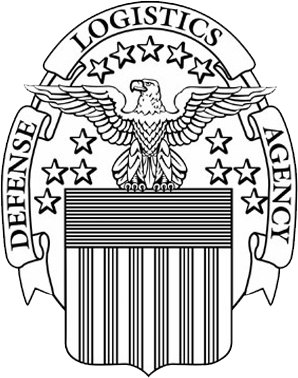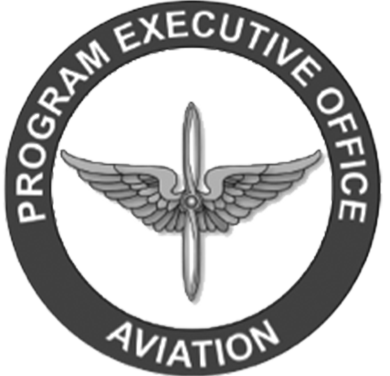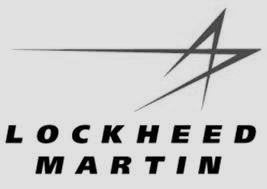So, you want to design a wiring harness. Here at InterConnect Wiring, we have had the pleasure of not only designing aircraft wiring harnesses for our customers, but also seeing thousands of other companies’ Build-To-Print (BTP) wiring harness drawing packages. As expected, we have seen some really good drawings & designs and frankly, some really bad ones, which has prompted me to write this article.
As the General Manager of InterConnect Wiring and having been here for most of the 25+ years our company has been in business, I know exactly what a company should and should not do when they create wiring harness drawings. It is important to keep some considerations in mind during the planning phase. Here is a list of the Top 13 things to do TO POORLY DESIGN A WIRING HARNESS:
- Make a Harness Assembly Drawing (HAD) requiring a table more than 4 feet wide. (Assemblers cannot reach the middle of the table to do terminations.)
- Create a wire bundle too large to fit through the backshell opening.
- Make one splice location for multiple splices; not staggering the splices.
- Have splice locations on the drawing that are too small. (Engineering requirements make it impossible to stagger splices in a small area.)
- Make Reference Designators too close together.
- Make Reference Designator breakouts too short. (Assemblers cannot terminate solder sleeves or splices without removing wire ID’s.)
- Make your HAD have a small line but require a huge number of wires. (If many small lines are close to each another then the bundles lay on top of one another.)
- Have too many daisy chains in an area.
- Don’t accommodate for the bend radius of wires in larger bundles.
- Stack round connectors on top of each other.
- Use contacts with pins for a socket connector and socket contacts for a pin connector.
- Make your braid stops too close to the backshell prohibiting the use of insertion and extraction tools.
- Use parts and materials that do not have the ability to function satisfactorily in the environments to be encountered.
If you do the above on your wiring harness design engineering drawings, I guarantee, you will make the harness unable to be manufactured. I realize that the intelligent, well-versed engineer will read the 13 items above and say, “This is crazy. No one would really do those things!” Unfortunately, I have to say, yes, they do. It is important to take the time to think about reasonable manufacturability before releasing a drawing for a wiring harness. I promised you, the people reading the drawings and especially assembling them will thank you.
If you desire a quote from InterConnect to design your wiring harness or use your BTP to manufacture your wiring harnesses, please complete this form.



























